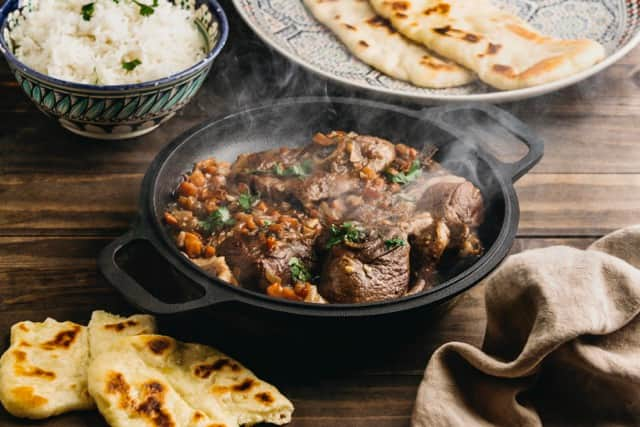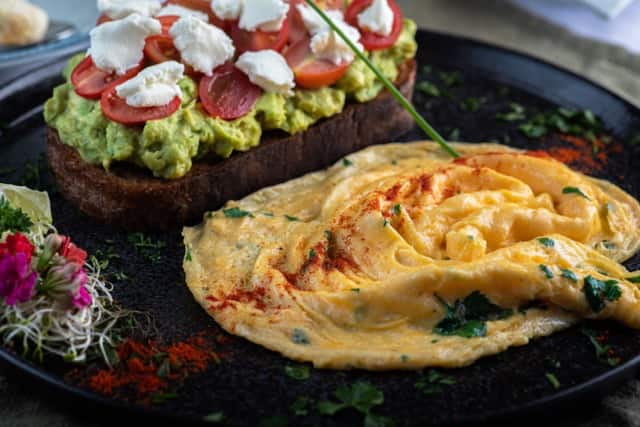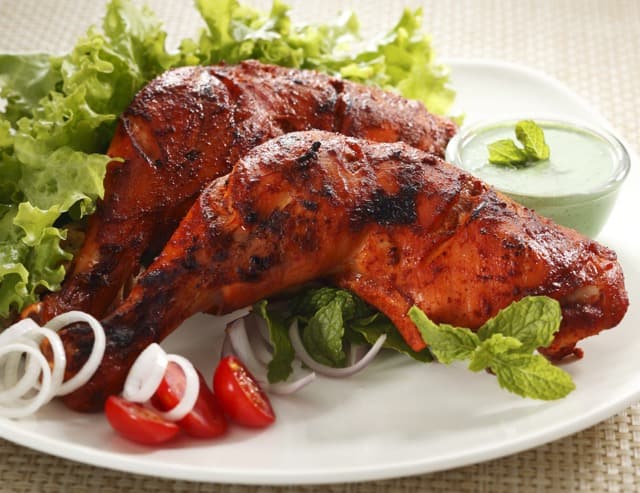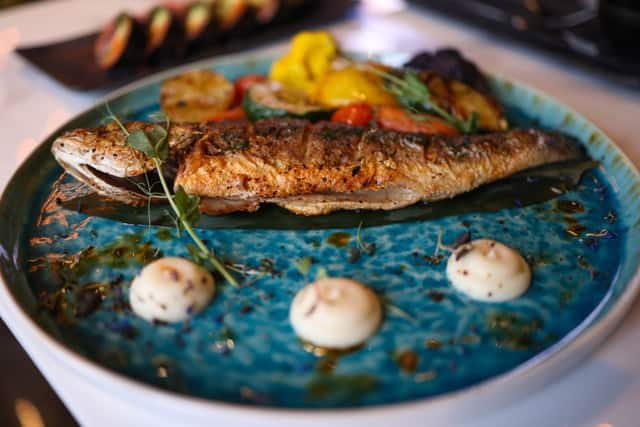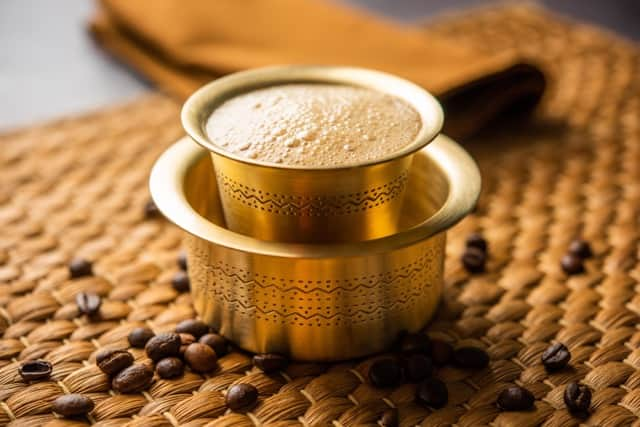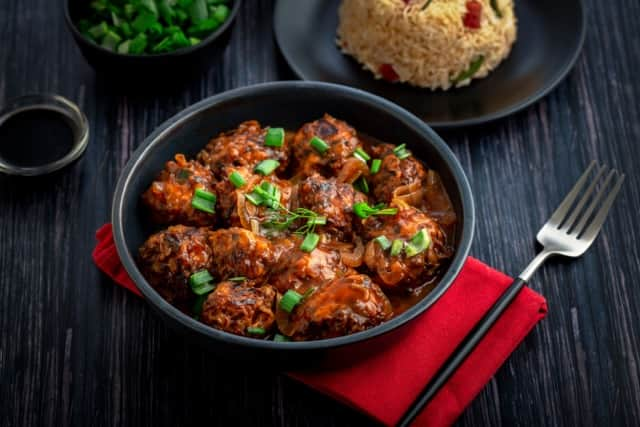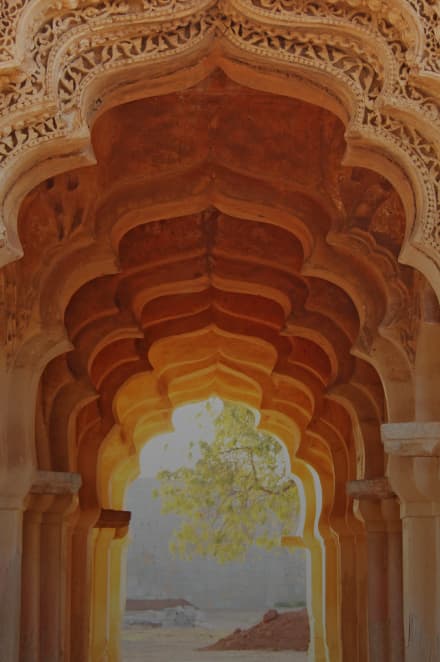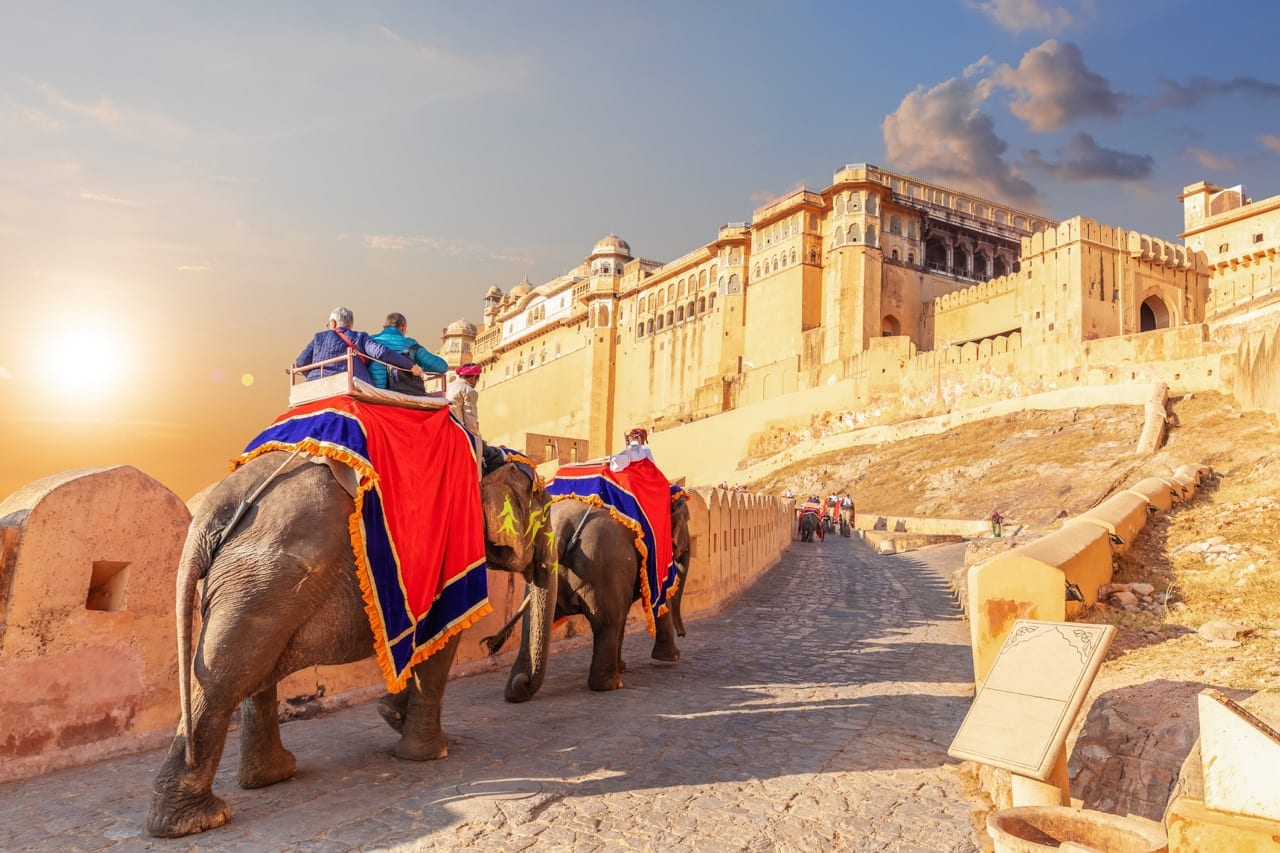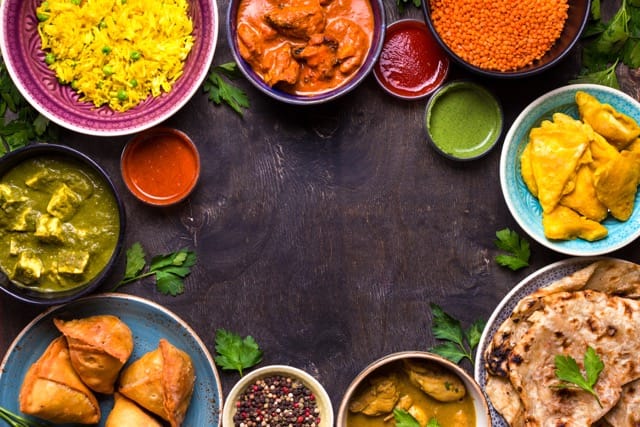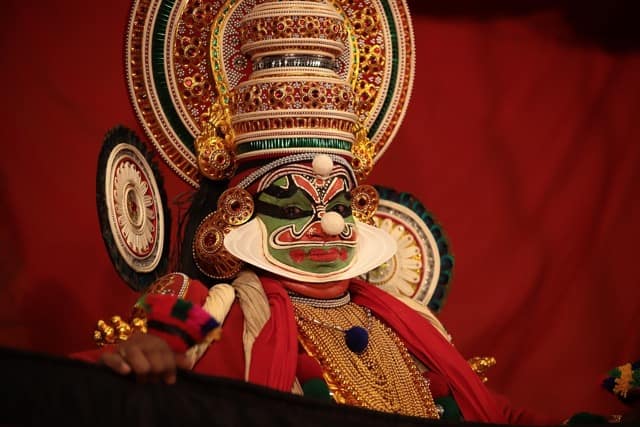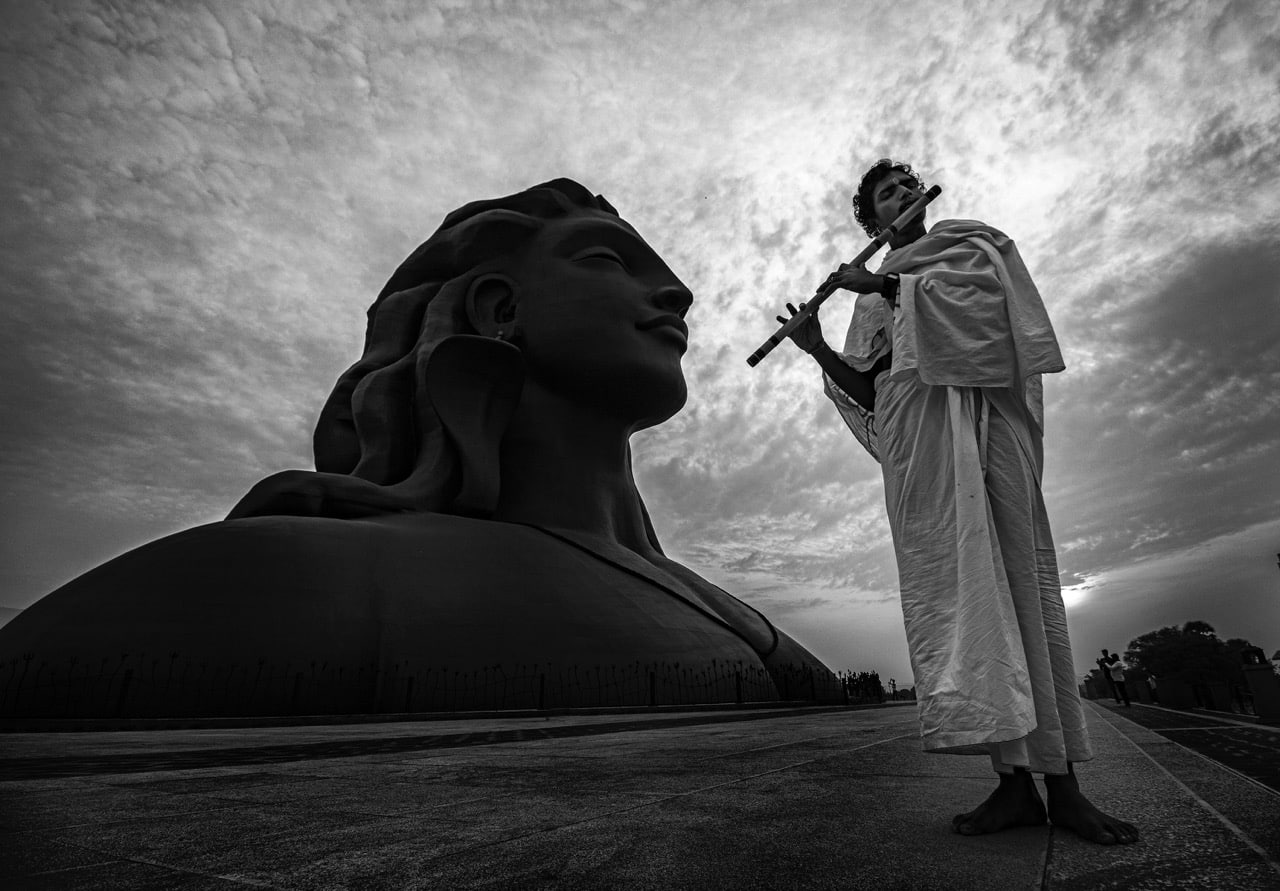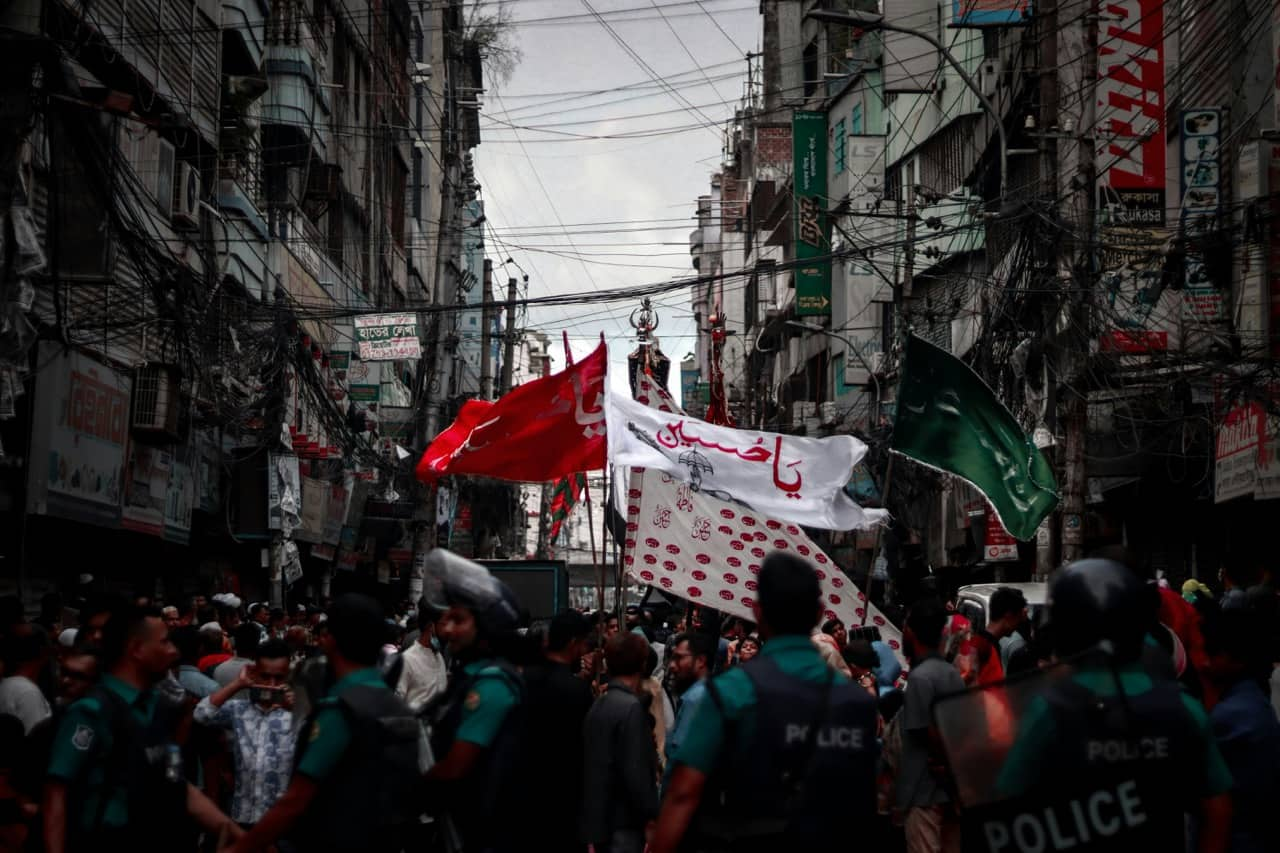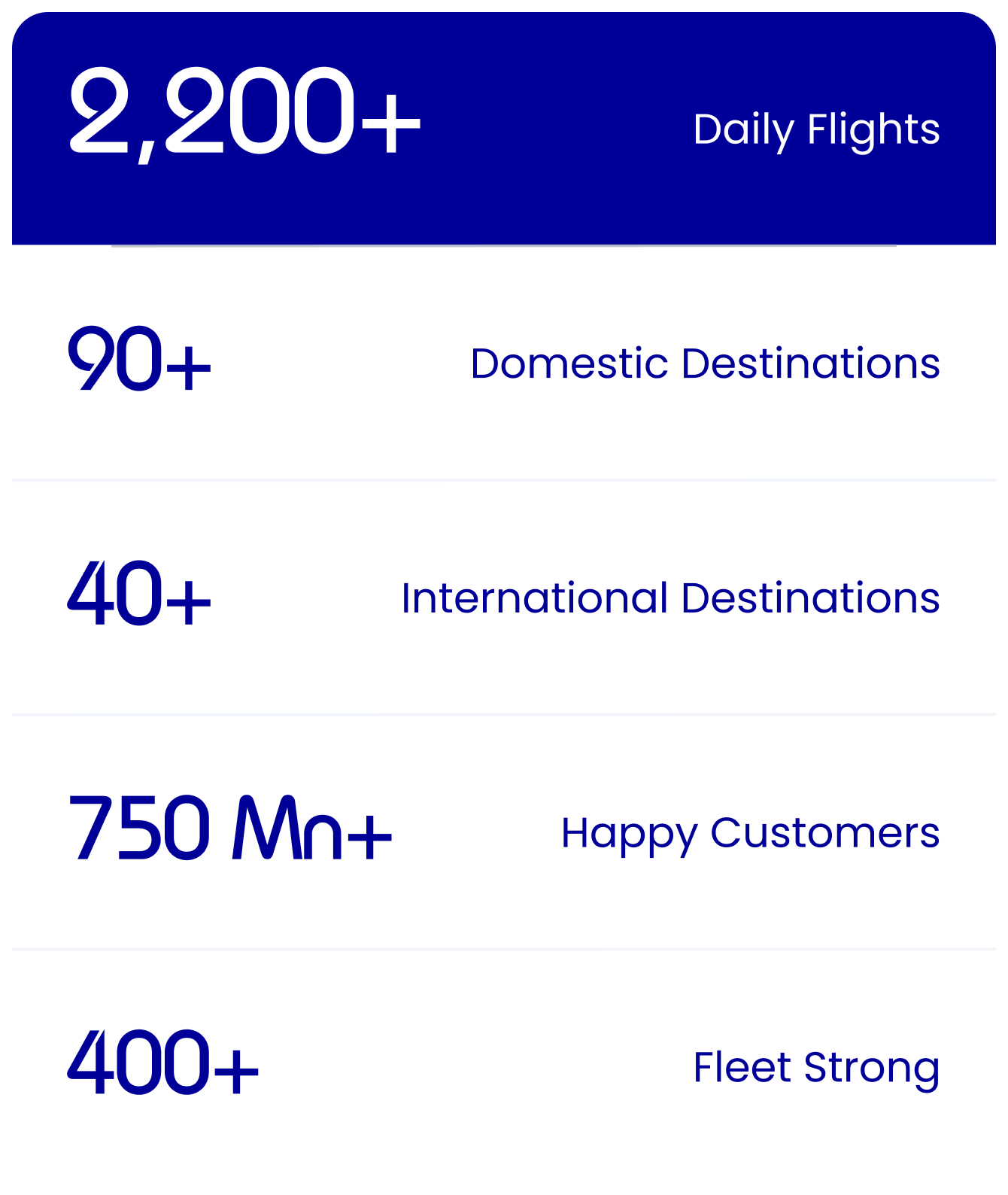Kochi, known for its spice trade since the 14th century, derives its name from the Malayalam word 'Kochazhi', meaning small lagoon. It was named 'Queen of the Arabian Sea' for its coastal beauty. The city's culture reflects a blend of Indian and Western influences, making it a unique destination for Kochi tourism. The city is also renowned for its cuisine, offering a variety of dishes like puttu kadala, kappa boti, pazham pori, appam with stew, fish molly, and meen molagita curry, showcasing its rich culinary heritage. Let’s dive in with this detailed Kochi travel guide showcasing every aspect of the city.
How to reach Kochi
- By air: The Cochin International Airport (COK), also known as Kochi Airport or Nedumbassery Airport, is an international airport serving the city. It is located 25 km from the city centre and has three terminals.Terminal 1 and Terminal 2 handle domestic flights, and Terminal 3 operates international flights to Kochi.
- By train: Kochi is connected to major Indian cities such as Mumbai, Delhi, Bangalore, and Chennai through its major railway stations, Ernakulam Junction (South), and Ernakulam Town (North).
- By road: The Kerala State Road Transport Corporation (KSRTC) is crucial in connecting Kochi to major destinations within Kerala and neighbouring states like Tamil Nadu and Karnataka. These buses operate regularly from Kochi to cities like Hyderabad, Mangalore, Mumbai, Trivandrum, Chennai, and Bangalore.
- Getting around/local transport in Kochi: One of the most convenient ways to explore Kochi is the Kochi metro. Autos, buses, and taxis are also available to travel within the city.
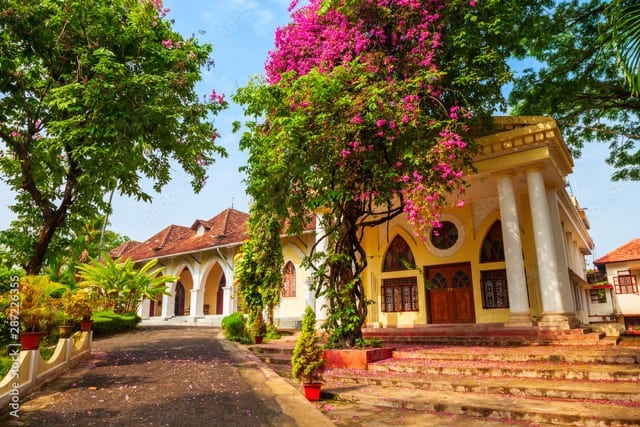
Indo-Portuguese Museum
Showcasing the rich cultural heritage of the Indo-Portuguese era through artefacts, relics, and artworks.
Experience Time: 1 hours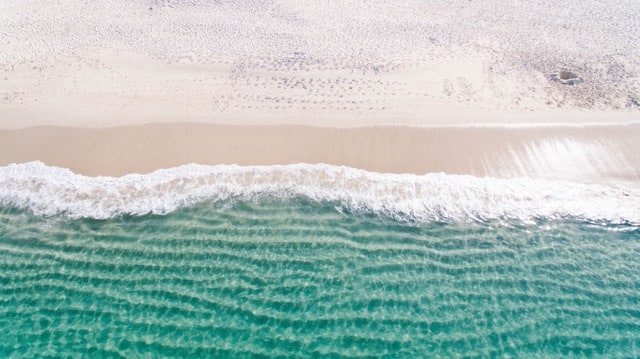
Cherai Beach
Exploration time: 1 hour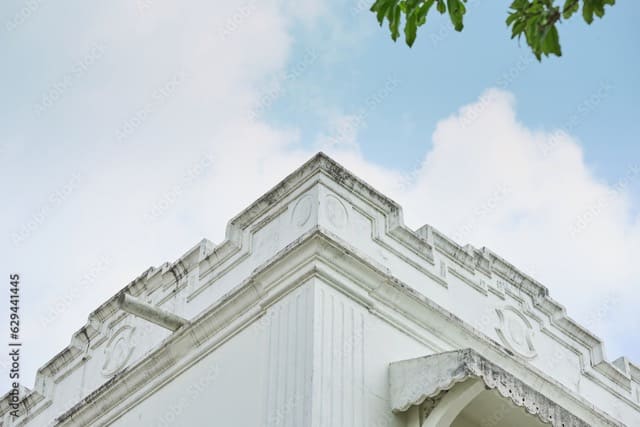
Hill Palace
Exploration time: 1-2 hours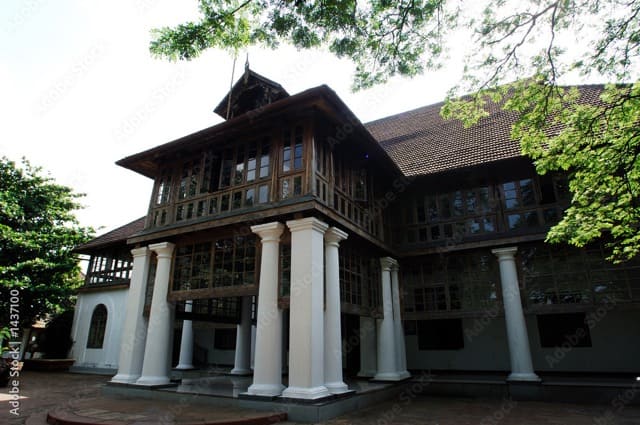
Mattancherry Palace
Exploration time: 1-2 hours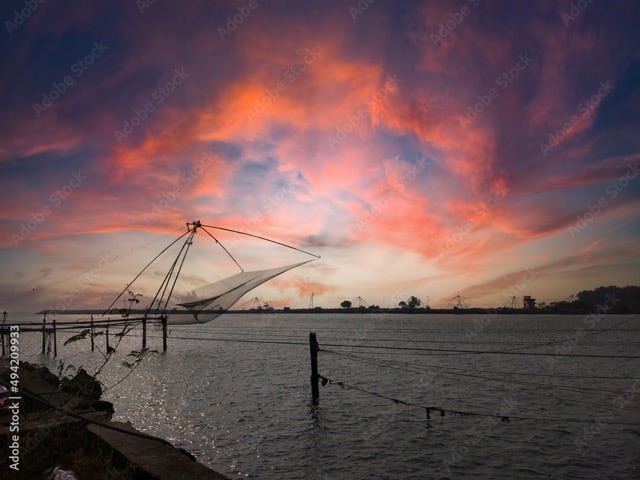
Fort Kochi
Exploration time: 2 hours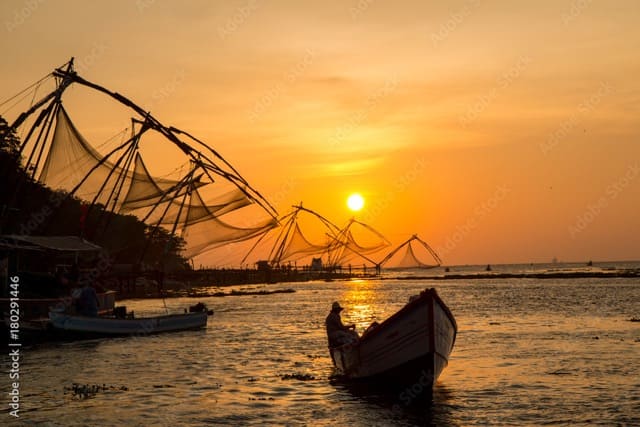
Veeranpuzha Beach
Exploration time: 1-2 hoursPlaces to eat
Things To Do
Best time to visit
Most commonly spoken languages
Kochi's most commonly spoken languages are Malayalam, English, and Hindi. Malayalam is the state’s official language. However, most of the population understands and speaks English and Hindi.
Exploring the local markets in Kochi is an exhilarating experience. The vibrant colours, unique products, and bustling atmosphere make it a cultural and enriching trip. These clusters of hubs offer a wide range of shopping experiences.
- Marine Drive: Locatedalongside the Kochi backwaters, Marine Drive is a beautiful sight and a paradise for shopaholics. It houses numerous stores offering affordable apparel, perfumes, and more. This place also has many eateries with food items ranging from traditional Kerala cuisine to continental cuisine.
- Jew Town: The Jew Town in Kochi is a treasure trove for antique lovers, with its shops and warehouses offering a wide range of antique items. While exploring the area, inspect each shop to find unique and valuable pieces. The shops here are known for collecting rare artefacts, furniture, and curiosities from different eras.
- Cochin Spice Market:No trip to Kochi is complete without visiting the vibrant Cotton Spice Market. Here, you'll discover a treasure trove of spices such as cardamom, anise, cloves, cinnamon, bay leaves, and pepper. The market is also known for its cashew nuts.
- Ernakulam Market: At Ernakulam Market, you can explore various products, including fresh fruits, vegetables, spices, seafood, meats, textiles, clothing, household items, and more. The market is known for its vibrant atmosphere, with several vendors showcasing their wares and engaging in lively transactions.
More reasons to visit
Kochi's mix of traditions and modernity makes it a favourite among travellers seeking vintage charm and contemporary flair.
- Santa Cruz Basilica: The Santa Cruz Basilica in Kochi, built by the Portuguese in 1505, is one of India's eight basilicas. It features stunning Gothic architecture with pastel-coloured interiors and historical paintings. The church, now the Cathedral of the Diocese of Cochin, is renowned for its woodwork and immersive altar, attracting visitors of all faiths.
- Kodanad Elephant Sanctuary: Kodanad Elephant Sanctuary, one of Kerala's most significant training centres, offers a unique family retreat. Here, elephants are groomed and trained with care and respect. Visitors can get close to these gentle giants, with supervised opportunities to bathe them. The sanctuary also features riverside walkways accessible by boat, adding to the enchanting experience.
- Ernakulthappan Temple: Ernakulam city derives its name from the revered deity Ernakulathappan, an embodiment of Lord Shiva. This ancient temple, located in Ernakulam, is mentioned in various scriptures and holds a significant place in local lore. For visitors, the temple is not just a religious site but also a beloved landmark that symbolises the cultural and spiritual essence of the city.
- Kochi Carnival: The Kochi Carnival, also known as the Cochin Carnival, is a vibrant and lively festival celebrated annually in the city. Held during the last week of December and culminating on New Year's Day, the carnival is a week-long extravaganza filled with colourful processions, cultural performances, street parades, music concerts, traditional dances, and competitions.


